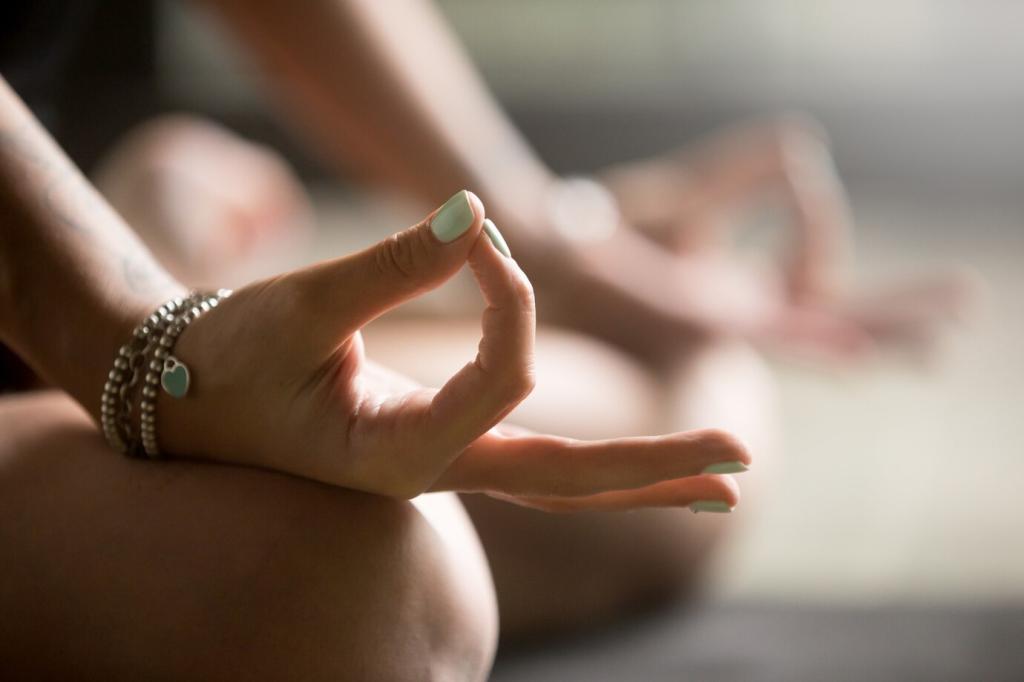Sequencing a Unified Practice
Start with two minutes of quiet sitting to notice breath, posture, and intention. This brief arrival dignifies your practice and reduces mental noise before movement. By aligning attention first, each pose becomes purposeful rather than performative. What intention anchors you today—strength, ease, or curiosity?
Sequencing a Unified Practice
Carry awareness into asana by tracking pulse, breath texture, and muscular tone. Let the pose be a question rather than a demand. When the mind wanders, return to sensation without judgment. This is meditation in motion—an honest conversation with your body. Share a pose where your attention reliably deepens.




